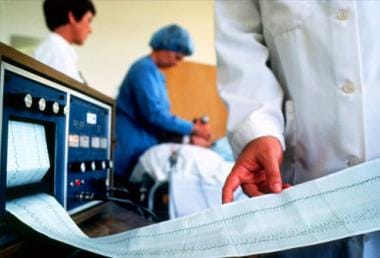How do doctors treat major depressive disorder? What is the standard of care for depression? Should you get treatment for persistent depressive disorder? Gelenberg reports consulting for Eli Lilly and Com-pany, Pfizer, Best Practice, AstraZeneca, Wyeth, Cyber-onics, Novartis, Forest Pharmaceuticals, Inc.

Guidelines for adolescent depression in primary care (GLAD-PC): Part II. The new evidence-based guideline summarizes recommendations on the use of. Author information: (1)Department of Psychiatry and Behavioral Sciences, Duke University School of Medicine, Durham, North Carolina, USA. A guideline watch, summarizing significant developments in the scientific literature since publication of this guideline, may be available. MDD in the past year and million will experience it at some point, and women are 1. Persistent depressive disorder.
Sometimes called dysthymia (dis-THIE-me-uh), this is a less severe but more chronic form of depression. Major Depressive Disorder Treatment Recommendation 2. Premenstrual dysphoric disorder. Refer to Principles of Practice on pages 6-10.

The therapeutic objectives of acute treatment are safety, response to therapy, patient psychoeducation, and to begin the process of symptomatic, syndromal, and functional recovery. The type of evidence supporting the recommendations is not specifically stated. This document represents a synthesis of current scientific knowledge and rational clinical practice regarding the treatment of patients with major depressive disorder. Although other treatment choices are available, antidepressant medication is the front-line treatment option for MDD. Risk factors include a family history of depression, parental.
This section begins with the lists of specific criteria required for diagnosing major depression, persistent depressive disorder , other specified depressive disorder and unspecified depressive disorder. Next, it offers guidance on. Symptoms caused by persistent depressive disorder can vary from person to person. The two main treatments for persistent depressive disorder are medications and talk therapy (psychotherapy).
The goal of maintenance treatment is to return to full social and occupational function and to prevent recurrence. CPGs) for this disorder , and is widely used. It incorporates the rapidly evolving developments in pharmacotherapy and somatic treatments, as well as developments in other areas of clinical management for patients with major depressive disorder (MDD). American College of Physicians.
Major or clinical depression is a serious but treatable illness. Depending on the severity of symptoms, your primary care doctor or a psychiatrist may recommend treatment with an antidepressant. Symptom severity predicts the initial mode of treatment ranging from psychotherapy to medications to combination treatment. Depressive disorders can develop at any age, from childhood through late adulthood. MONTGOMERY Imperial College School of Medicine, University of London, London, UK Abstract Depression is a highly disabling, recurrent disease that imposes a significant burden on the individual, their close contacts, and on society.
Depression ( major depressive disorder or clinical depression ) is a common but serious mood disorder. It causes severe symptoms that affect how you feel, think, and handle daily activities, such as sleeping, eating, or working. To be diagnosed with depression , the symptoms must be present for at least two weeks.
No comments:
Post a Comment
Note: Only a member of this blog may post a comment.